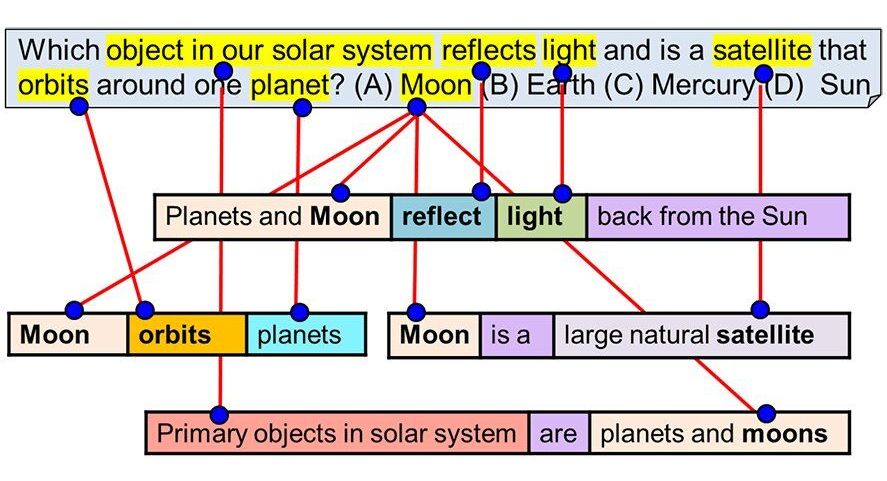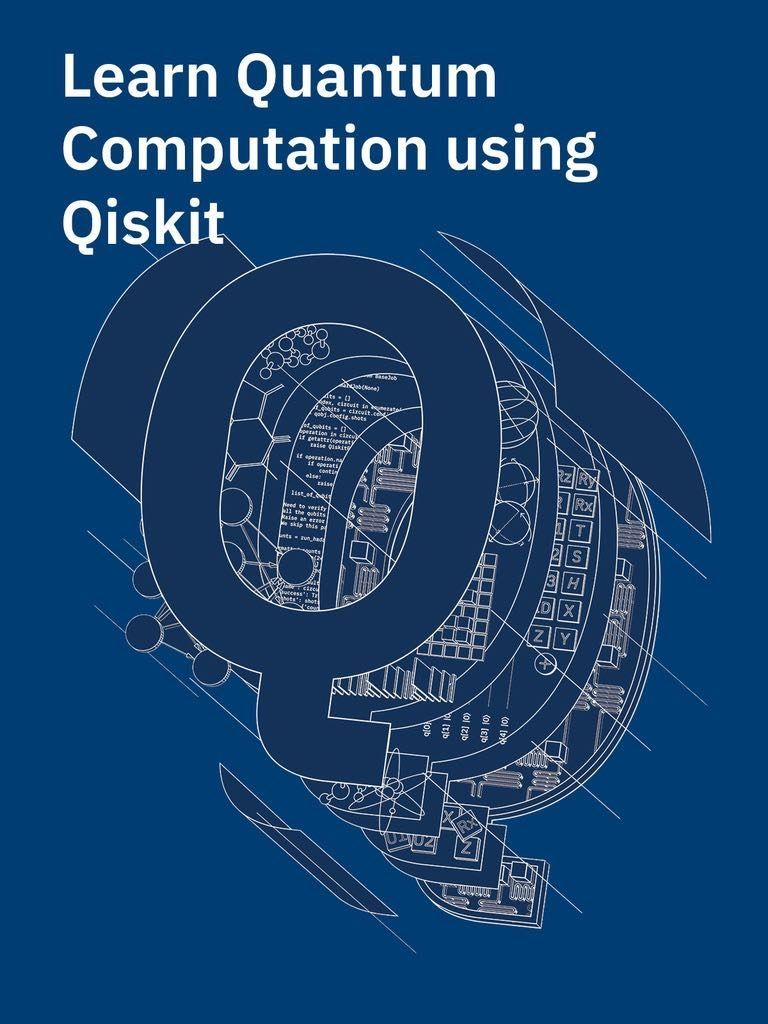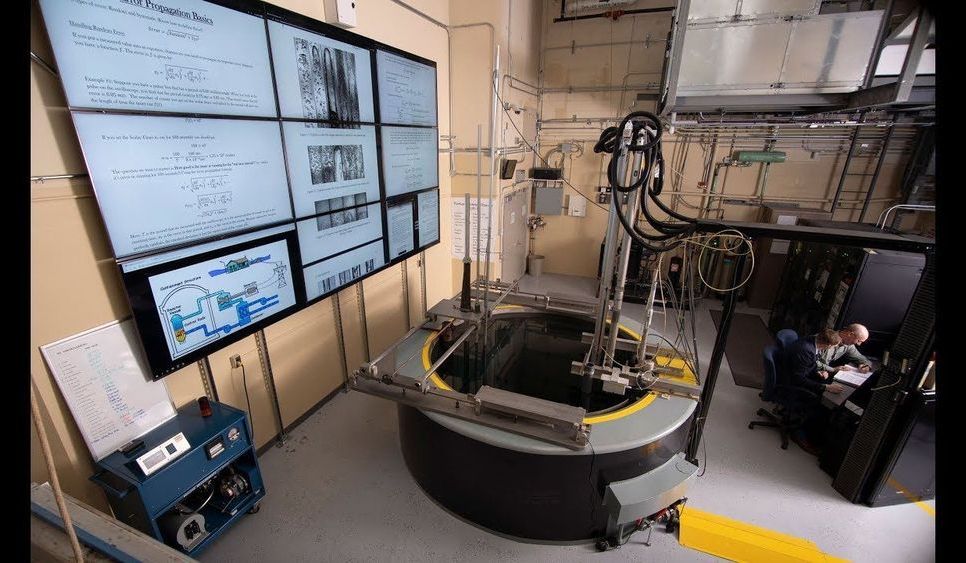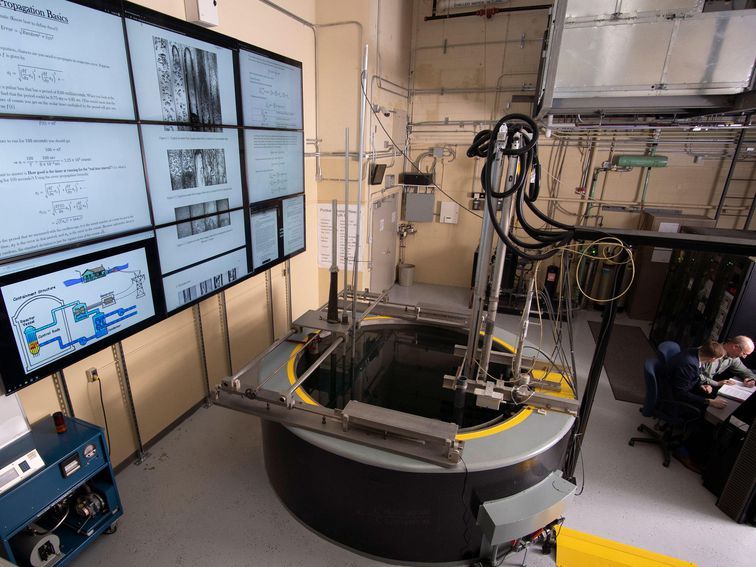Sep 9, 2019
125 Women in STEM Selected as AAAS IF/THEN Ambassadors
Posted by Genevieve Klien in categories: education, engineering, mathematics
Women innovators across the United States have been selected as AAAS IF/THEN® Ambassadors by the American Association for the Advancement of Science and Lyda Hill Philanthropies to share their stories and serve as high-profile role models for middle-school girls.
Information about the 125 women selected as AAAS IF/THEN® Ambassadors can be found at www.ifthenshecan.org/ambassadors.
IF/THEN®, a national initiative of Lyda Hill Philanthropies, seeks to further women in science, technology, engineering and math by empowering current innovators and inspiring the next generation of pioneers.


















